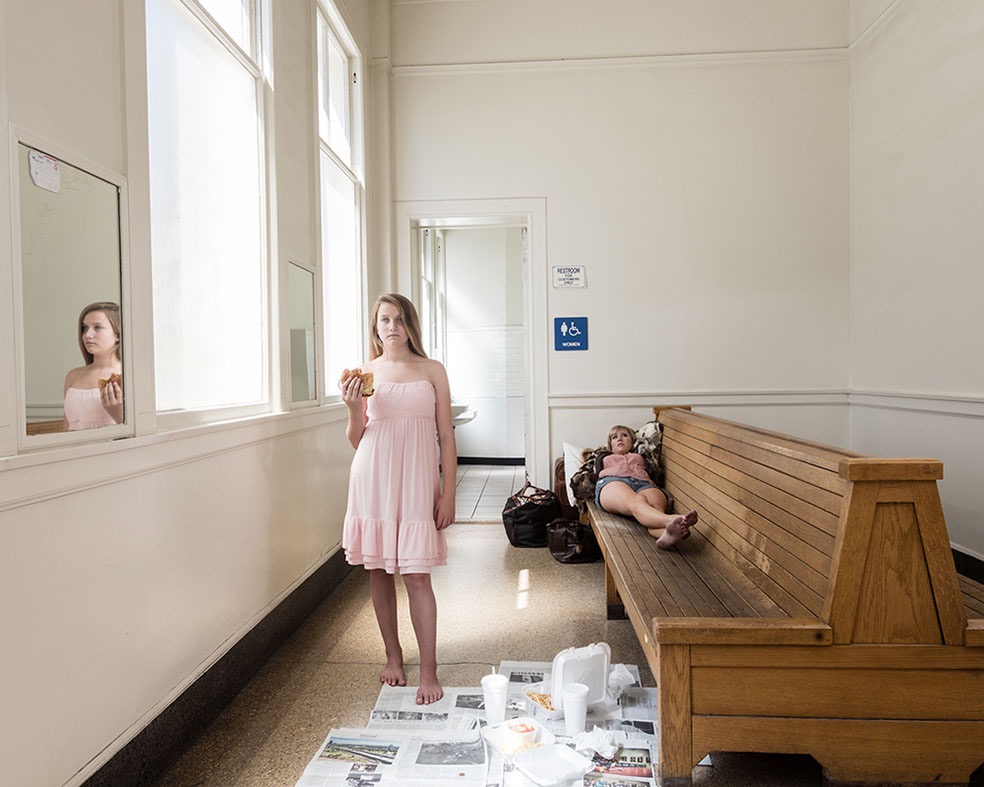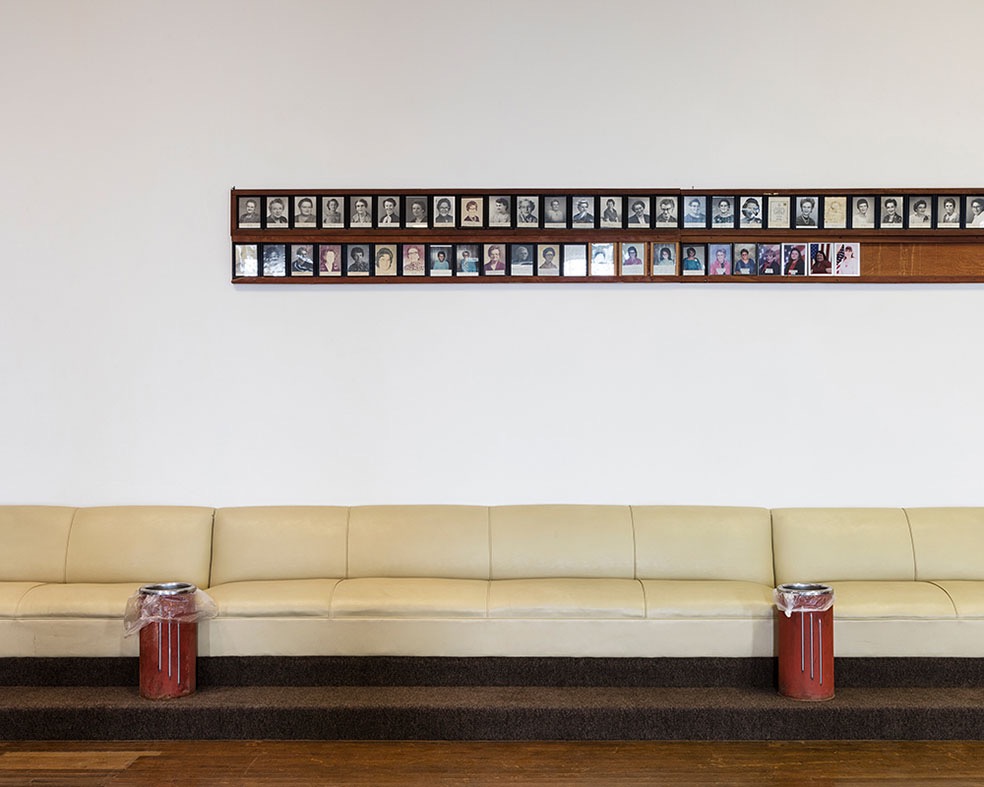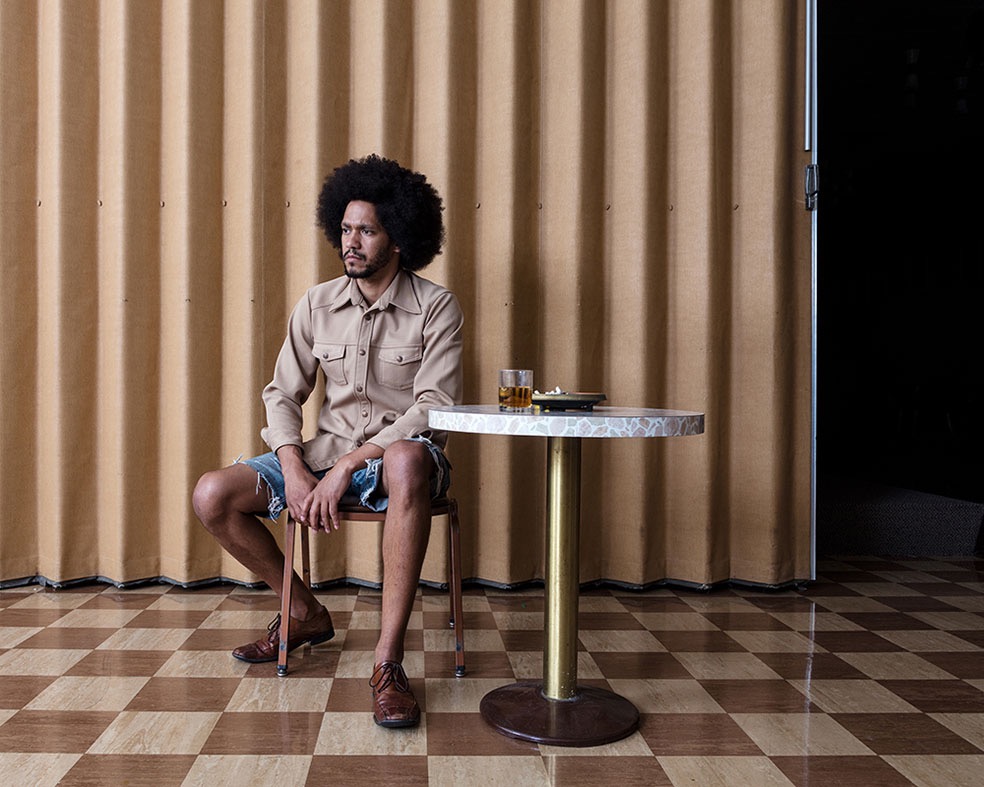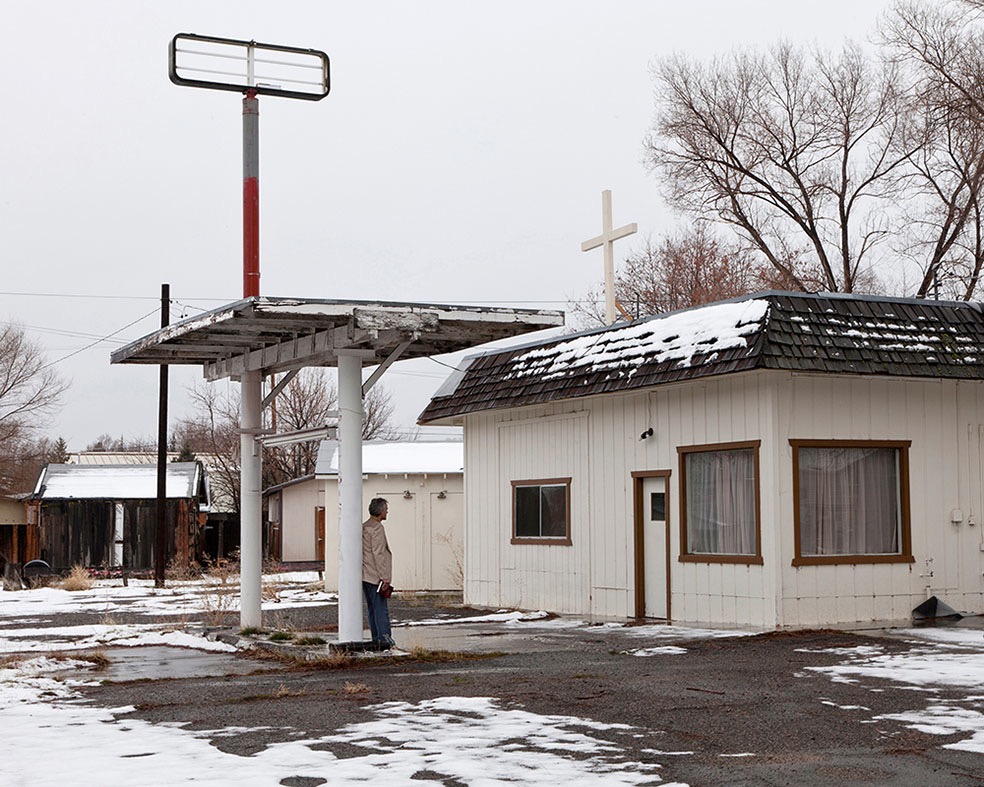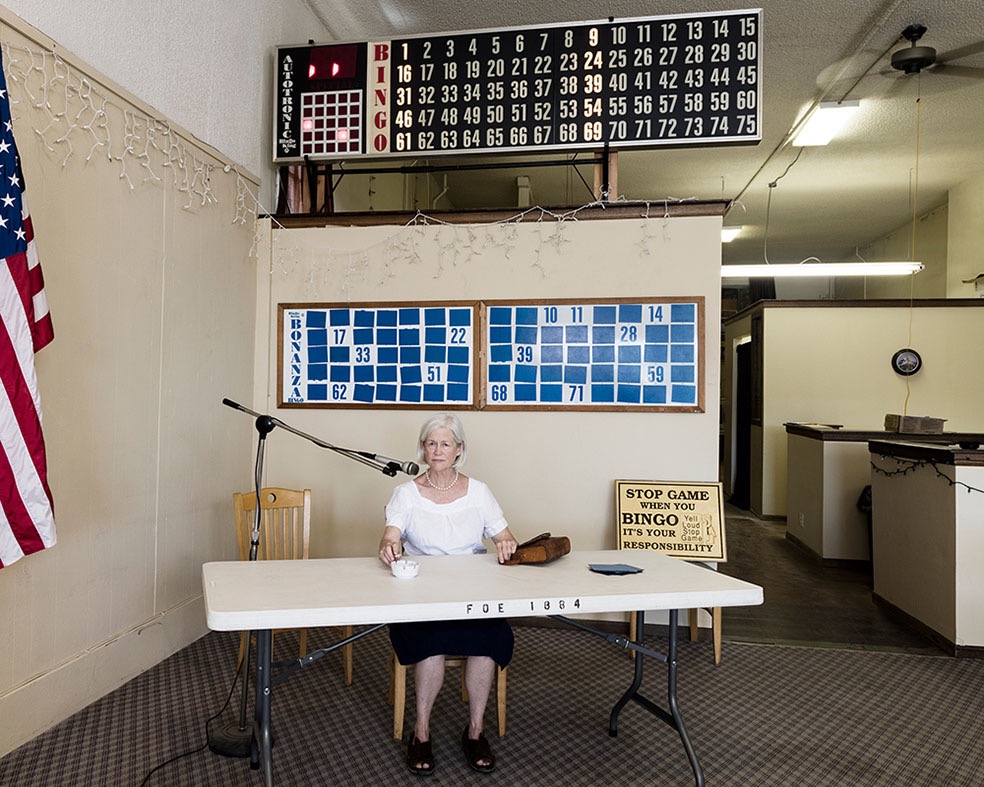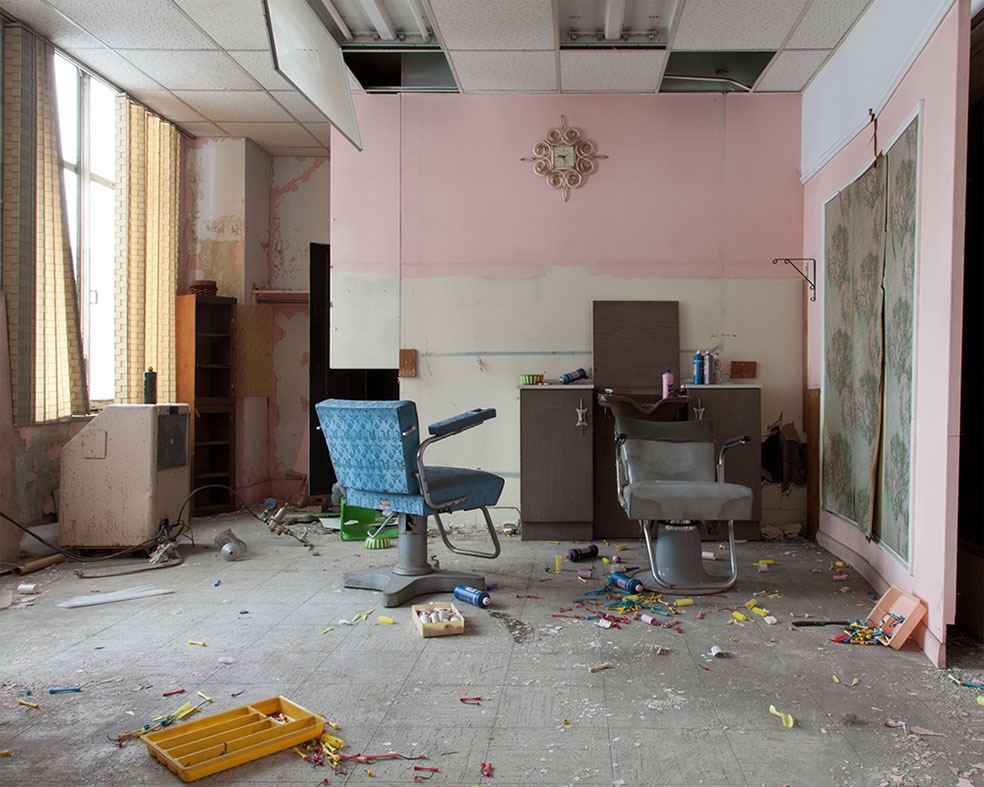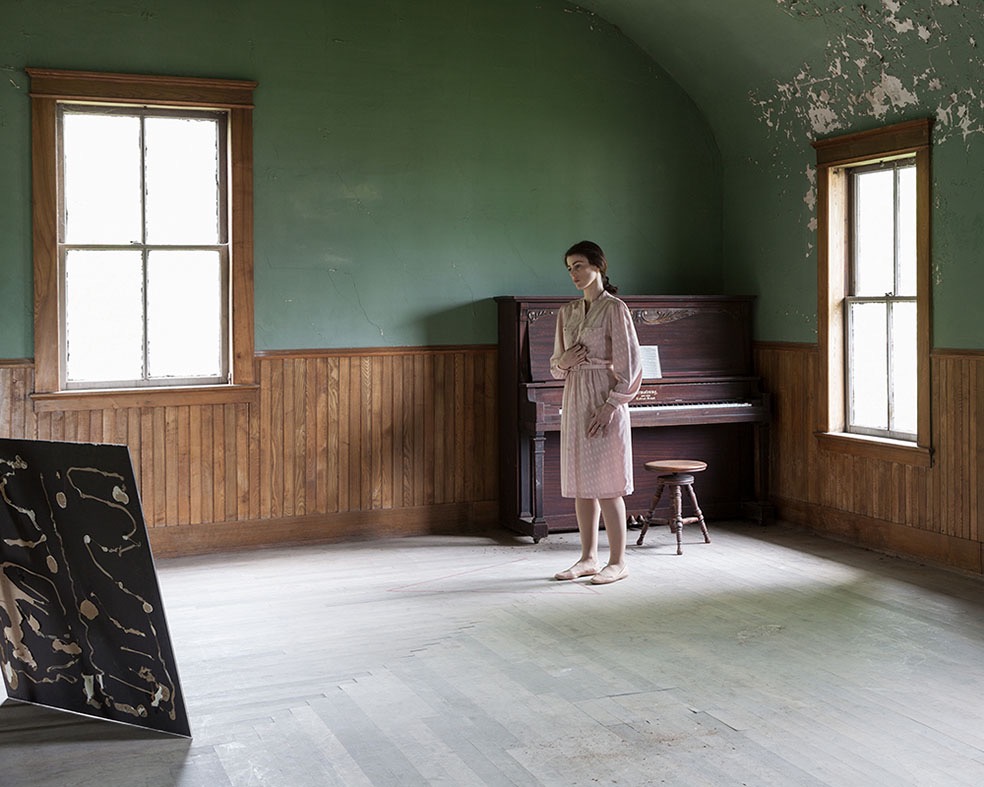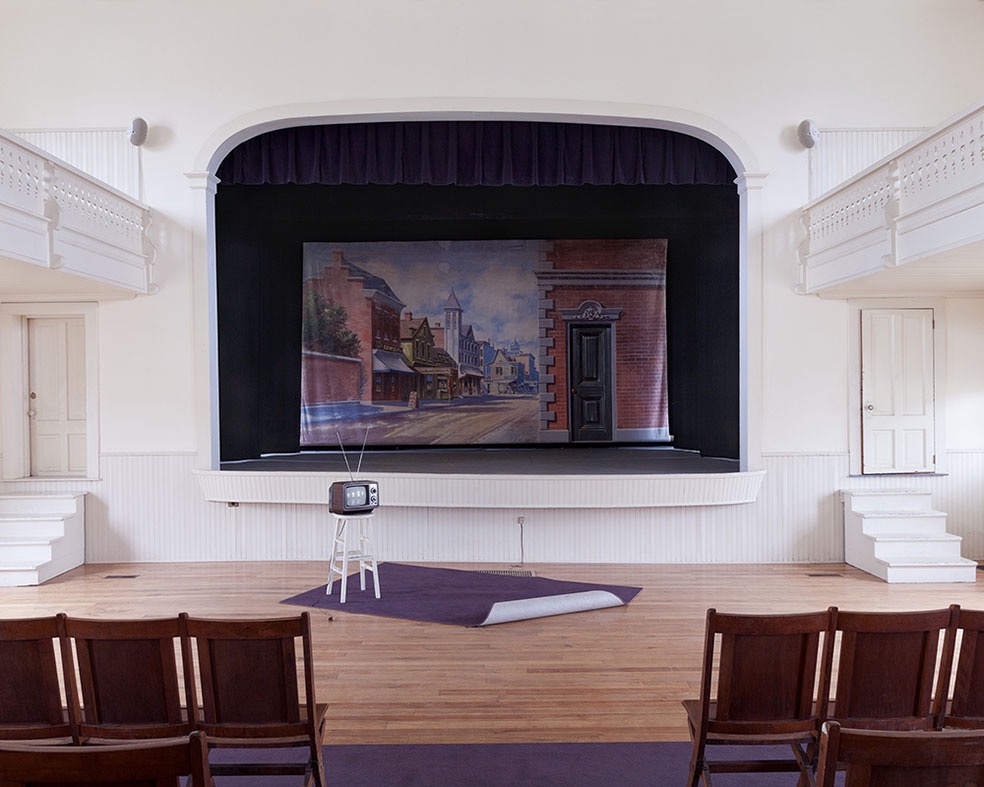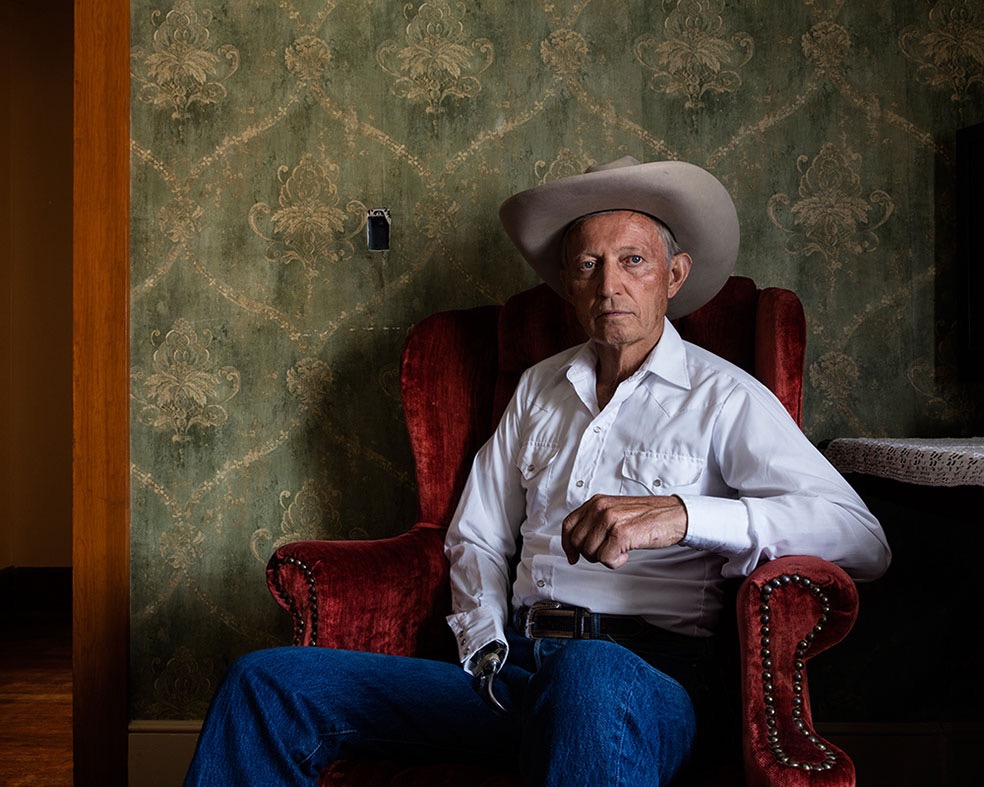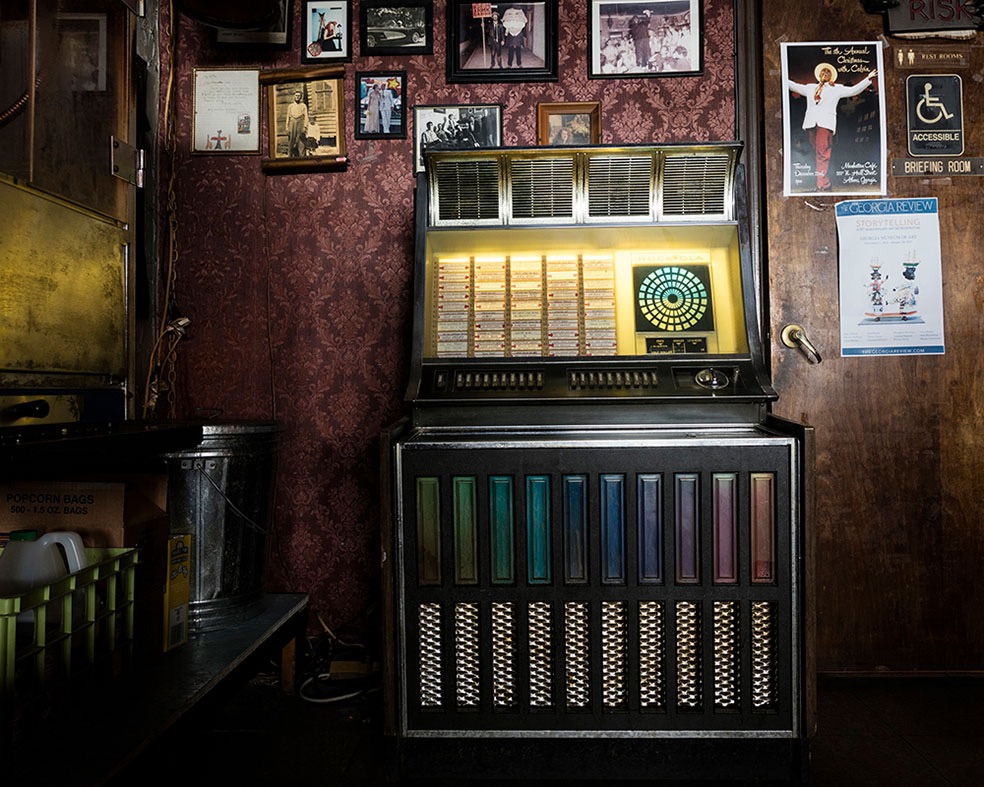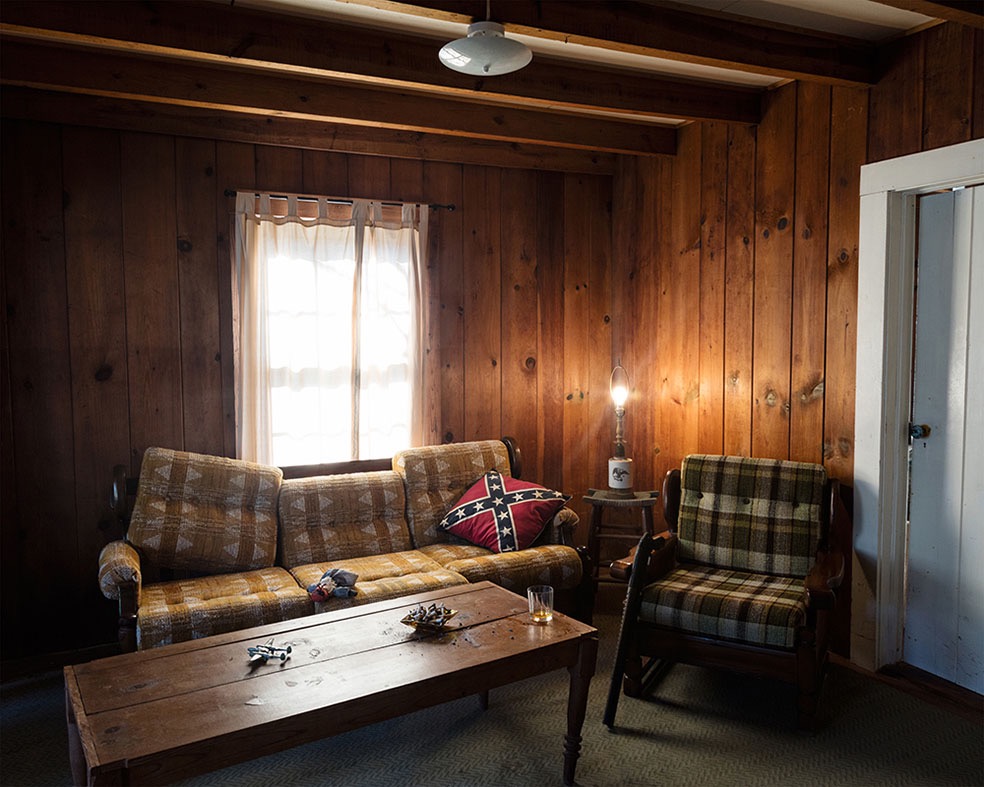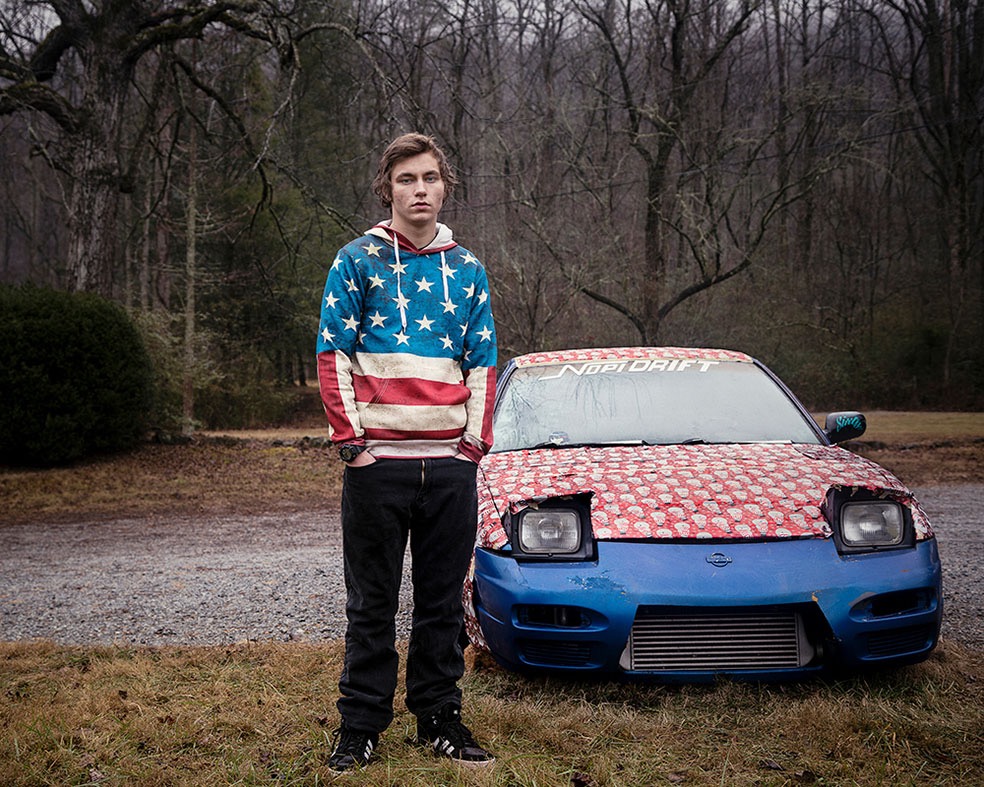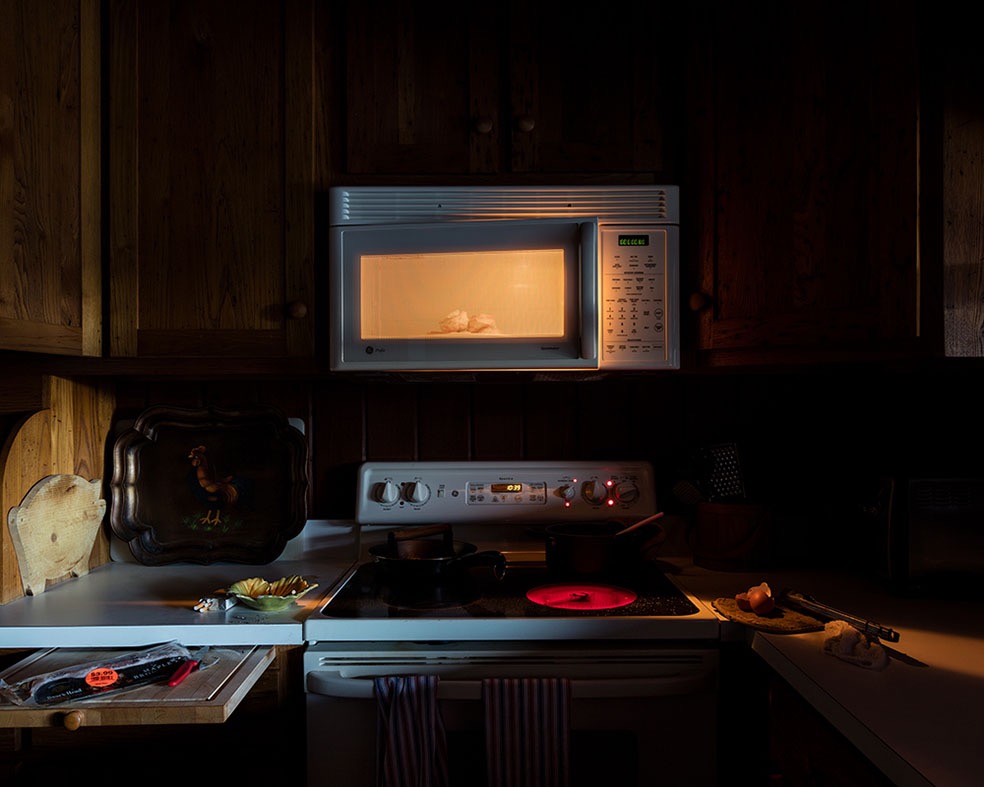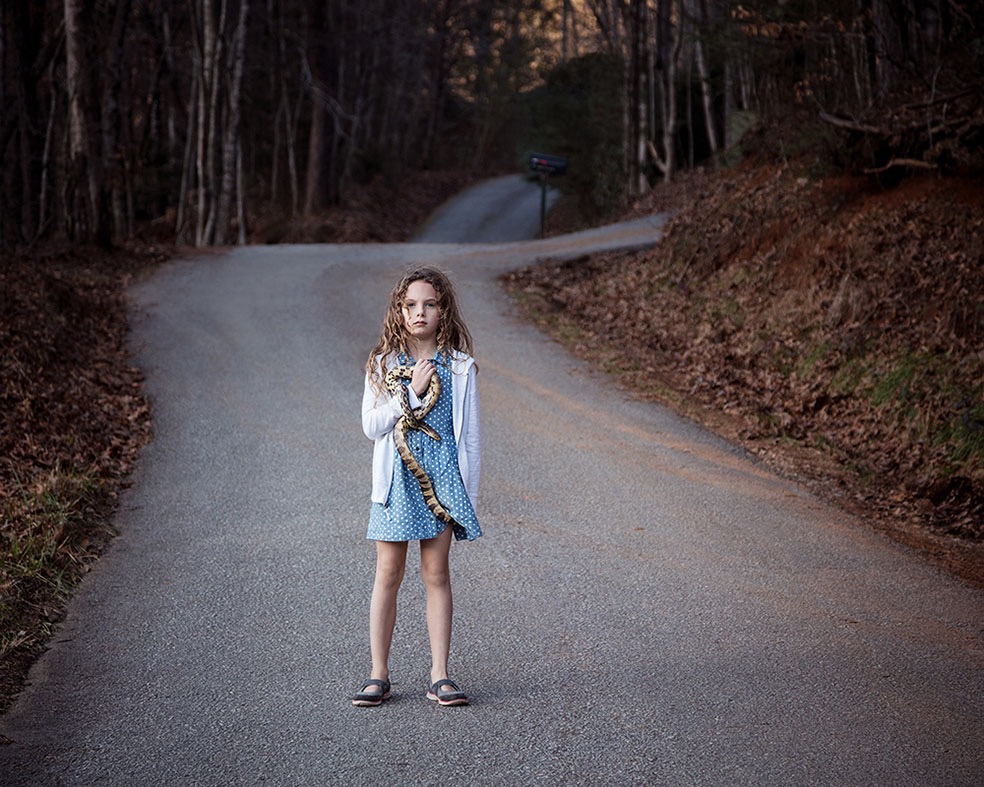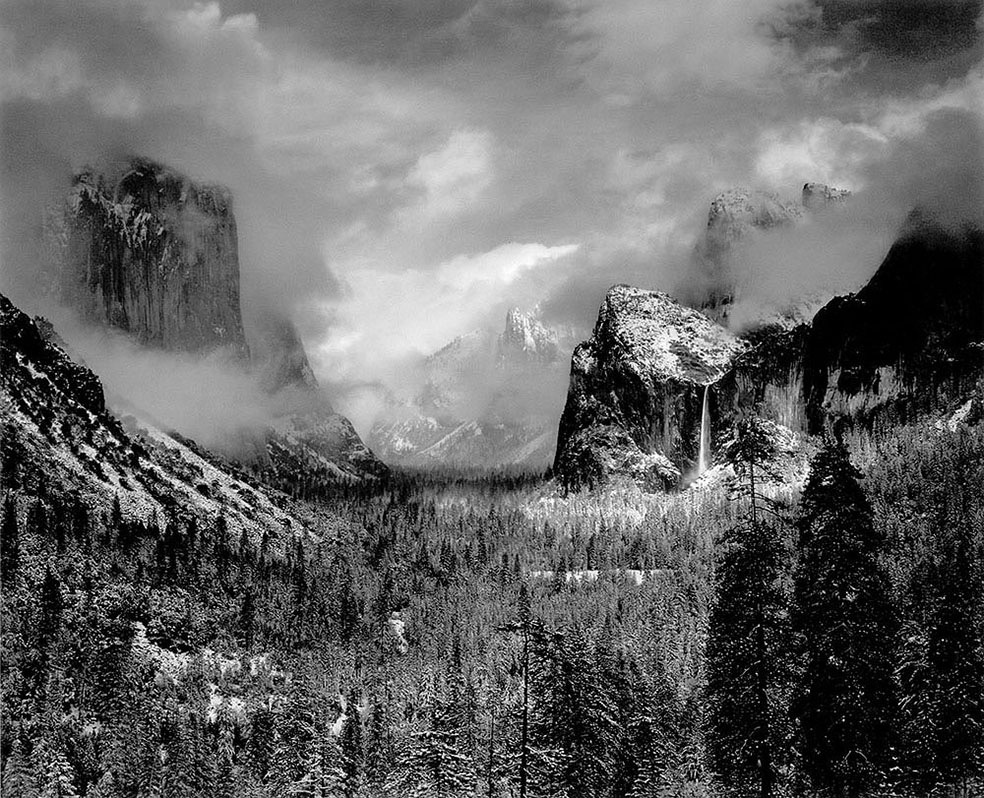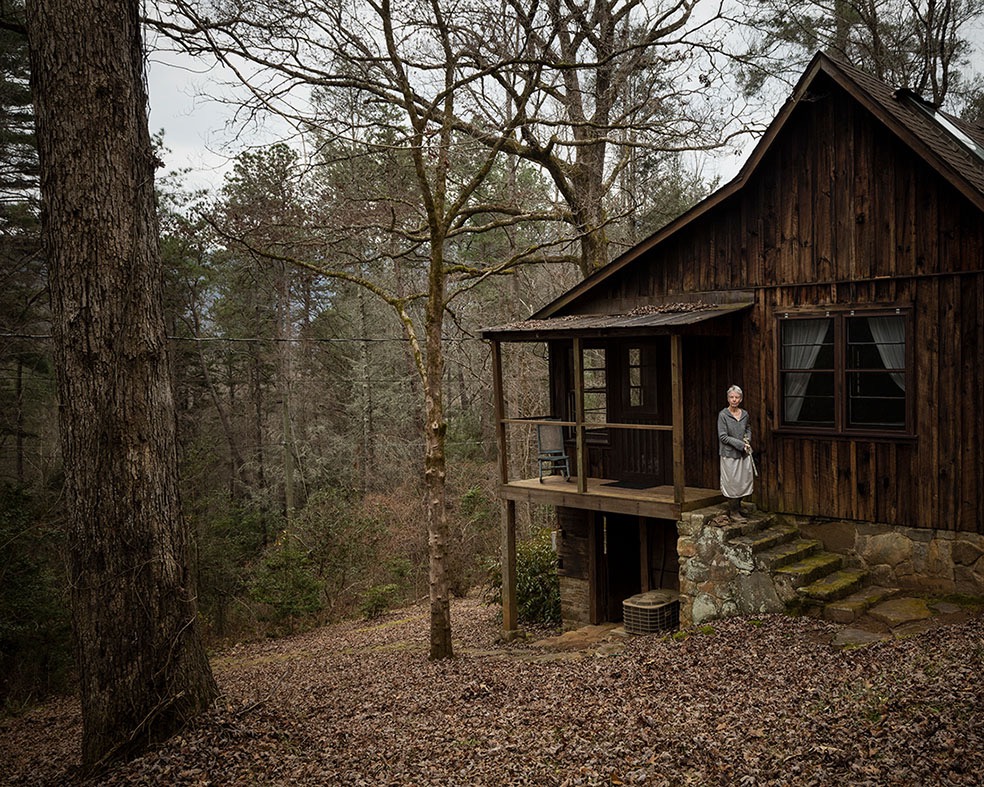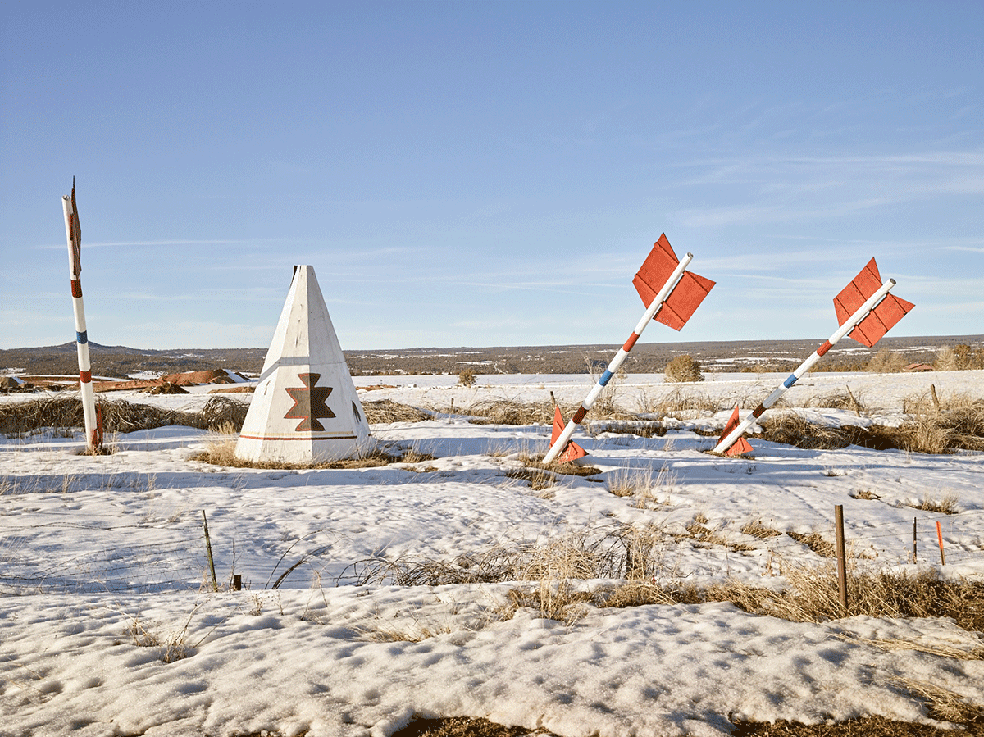Jennifer Garza-Cuen is an American artist from the Pacific Northwest. Currently Assistant Professor of Photography at Texas A&M University-Corpus Christi, she received her MFA in photography and MA in the History of Art and Visual Culture from the Rhode Island School of Design in 2012. Her BA in comparative literature was completed at the American University in Cairo. The recipient of numerous scholarships, grants, and awards, Garza-Cuen has also received fellowships to attend residencies at The Robert Rauschenberg Foundation, Light Work, Ucross, Oxbow, Hambidge, Brush Creek, and the Vermont Studio Center. Her work has been exhibited nationally and internationally with recent juried shows at The Center for Photography at Woodstock, Site: Brooklyn, The Light Factory, Amarillo Museum of Art, and the Venice Architecture Biennale. Public collections include Light Work, The Do Good Fund, and the New Mexico History Museum. and she has been published in contemporary photography journals such as Musée, Blink, Der Greif, The Photo Review, and Conveyor Magazine as well as on-line journals such as Conscientious, Feature Shoot, Aint-Bad, Fubiz, iGNANT, Dazed, and Juxtapoz. Working in a constructed-documentary style, Garza-Cuen explores ideas of place, cultural memory, and inheritance.
Website: garza-cuen.com
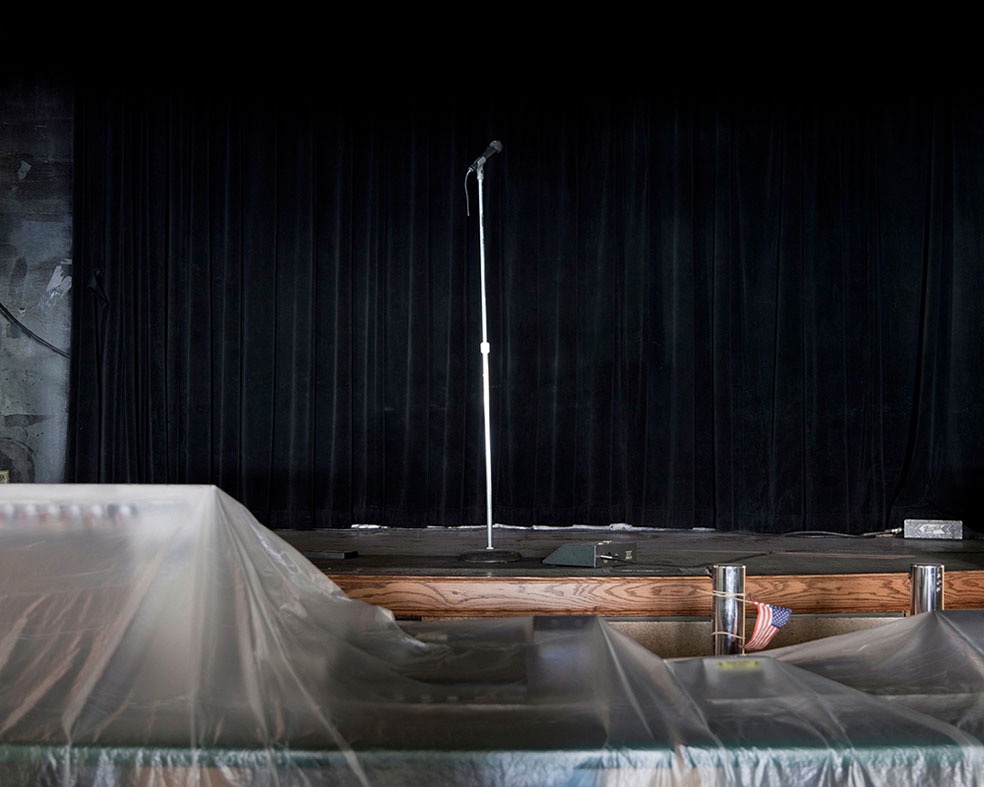
How did you get interested in photography?
I started making photographs as a teenager. For years while travelling through Central and South America, Europe and North Africa the camera was my only consistent companion. I travelled alone mostly and there were times when I was anxious or frightened. The camera gave me license to be in uncomfortable places and it demanded a way of looking and seeing that I have come to rely on.
Do you have an educational artistic background?
Yes, I took a few classes before my travels, worked in London as a photographer’s assistant, and later pursued an MFA at the Rhode Island School of Design. Now I am an Assistant Professor of Photography at Texas A&M University-Corpus Christi.
Where do you get your creative inspiration from? Is there any other artists or photographers who have inspired your art?
Yes, there are many. Sophie Calle, Diane Arbus, Joel Sternfield, Stephen Shore, and William Eggelston to name few. That said, my most consistent inspiration comes from the places I find myself in and the people I meet there. Much like being a long-term traveler, being a documentary photographer is about following your curiosity wherever it leads, especially when where it leads is uncomfortable or unexpected.
How much preparation do you put into taking a photograph or series of photographs?
I try to maintain a balance between preparation and active discovery.
Documentary image-making is by definition relational. It requires that photographers engage with the world. When I begin a series, I do what many photographers do: I drive a lot, stop and knock on doors. I immerse myself in the landscape and familiarize myself with the people and place as a whole.
As I begin to create images I search for archetypes, for the recurring themes that have come to define that place in historical documents and popular culture. Using my own experiences and those I have inherited from films, literature, and historical documents, I create an idea of place as I imagine it.
Do you have any preferences regarding cameras and format?
I have a Deardorff 4×5 and a Canon EOS 5DS R. I shoot large format chromes partially because it’s so difficult, it forces me to slow down and stay awhile, to struggle with the composition, the subject, and the light. I use the Canon for scouting and for more rapidly changing imagery such as portraits or weather. I enjoy the relationship between them and how they both draw out something different from the subject.
Can you talk a bit about your approach to the work? What did you want your images to capture?
Contemporary American life is tinged with familiar modern conditions, the consistent movement of people and a corporate stranglehold on commerce so that everywhere is also anywhere or nowhere. I’m looking for what remains of place-based distinctions while also trying to capture an essential Americanness.
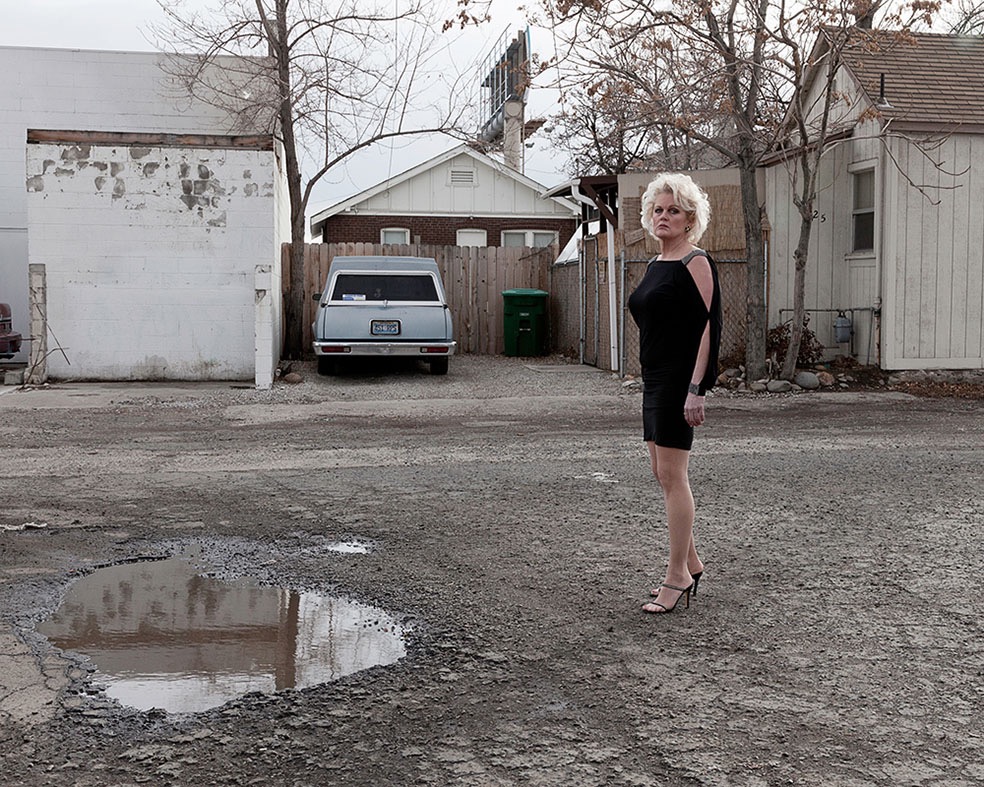
Tell our readers more about your award-winning project, ‘Rabun’.
I spent years as an expatriate. In many ways, I became an adult abroad and that changed me. I thought of myself as a global citizen. Never-the-less as a photographer there was always the sense that I was photographing the ‘other’, that no matter how long I lived somewhere, or how much my heritage or family history intersected with the places in which I was living, I was not ‘of’’ those places. I was and would always be an American. That realization brought issues of national identity and otherness to the forefront. When I returned to the United States I felt that same sense of separation within my own culture. So I began to ask the question, what is it that makes us ‘of’ place? Besides a passport, what makes me American? As a former American expatriate and one who has lived my adult life essentially placeless this is a central question in my work.
In Imag[in]ing America, I began making the kinds of images I made when I was a traveler but this time in the places I knew well, the places where I and my family lived. An outsider’s view of home. The search is for a kind of memory place. America as inheritance. As the project continued I began including towns that have more tangential relationships to me or my family history, included fictional biographical elements, and allowed it to broaden into a constellation of American places.
Located in northern Georgia and situated amongst the Blue Ridge Mountains, Rabun is steeped in cultural specifics associated with both the Deep South and Appalachia. It is a place with a long memory, populated by families that often trace their lineage to the founding of America. The 1972 cult classic Deliverance was filmed in Rabun County and serves as a source of pride, shame, and commerce. It is hard to underestimate the effects of narratives such as these on the collective conscience of local communities as well as their reverberations within a larger American experience.
Our society often treats place as a central defining characteristic, second only to name and followed closely by profession. Places give rise to fictionalized narratives that are absorbed back into the identity of those places and subsequently into the identities of those that live there. We all have a catalogue of images in our mind that we call upon when a city, town, or country’s name is mentioned and those images help us to form an opinion of place, and those we meet from there. In my ongoing project Imag[in]ing America I am interested in investigating national, regional, and local identities as well as ideas of otherness as they relate to place and documentary photography in America.
Where is your photography going? What are you currently working on and do you have any photographic plans for future?
Currently, I’m working on a series of images made in and around the town of Buffalo, Wyoming. It’s a small ‘old west’ town at the foot of the Big Horn Mountains.
Buffalo is one of numerous towns in America where people have rejected aspects of contemporary society in favor of a simpler and often more rural life that includes aspects of historical reenactment. It has been called histo-cinematic simulation or the Disneyland effect in which sanitized ideas of the past are mixed with everyday contemporary life in a nostalgic new romanticism that is both enticing and unsettling. Perhaps this is the result of our legacy of images and their narrative power to provide definitions in a world that is still shifting too rapidly for many to keep up.

What are your three favourite photography books?
Recently, I’ve been revisiting and thinking a lot about ‘River of Shadows’ by Rebecca Solnit, ‘American Surfaces’ by Stephen Shore, ‘Pictures from Home’ by Larry Sultan, ‘Between Dog and Wolf’ by David Levi Strauss and ‘Hold Still’ by Sally Mann. All of which deal in one way or another with ideas of Americanness, Modernity, Photographs, and Home.
What do you do besides photography?
Work and pleasure are intertwined, I’m not sure artists get ‘down time’. I travel, photograph, write, research and work with found materials and during the semester I teach. All of these activities are both my work and my passion and I feel very lucky to be able to say that.
Website: garza-cuen.com
